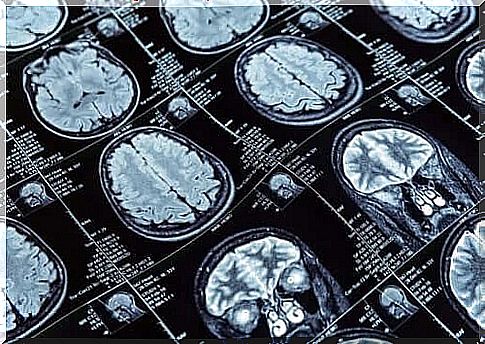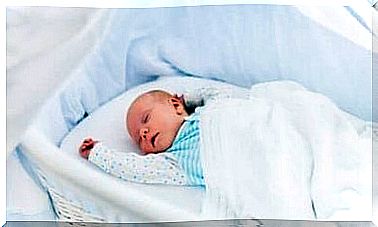Antisocial Behavior And Brain Structure

In the psychiatry section, The Lancet published the latest studies on the human brain conducted by University College of London (UCL) in February 2020. The article explores the association between antisocial behavior and brain structure.
First of all, this research was a collaboration between the London institution and the researchers from New Zealand, where the study participants come from. Queen Mary’s Hospital in New Zealand provided these participants.
To conduct the study, doctors performed nuclear magnetic resonance imaging on more than 600 people who were 45 years old at the time of the imaging test. These 600 people are part of a larger group of over 1,000 people. Researchers have studied them since childhood. Their intention was to determine the factors that can influence a person throughout life and make them antisocial or dependent. If these factors can be detected, then it would be possible to influence the behavior in a positive way and prevent crime, for example.
The researchers measured the thickness of the cerebral cortex and the amount of gray matter by magnetic resonance imaging. These data allowed a comparison between those who exhibited antisocial behavior and those who did not.
What does it mean and who is antisocial?
Okay, but what exactly is antisocial behavior? This is a difficult concept to define, as it varies depending on the age and culture of those involved. Europeans may have a different idea than Americans of what it means to be antisocial.
Therefore, we could define antisocial behavior as things done by the person, which run counter to the interests of the society to which he belongs. It is a way of living and acting that violates the rules set by the majority.
Antisocial behavior varies from trafficking to violent crime. Also, in the case of adolescents, addictions could fall into this category (for example, alcohol theft from adults).
Antisocial behavior reveals that a person is rebelling against authority (whether it is their parents or the police). This type of behavior is a challenge for established institutions.
There must be no pathology to accompany antisocial behaviors. Most of the time, antisocial behavior is just a way of acting and does not appear in the psychiatric clinical literature.
In any case, science has established the existence of antisocial personality disorder. These people are impulsive and repeatedly break the rules. He also does not regret what I do. This diagnosis only applies to those over 18 years of age.

- 80 people with a history of antisocial problems
- 151 people with antisocial antecedents limited to adolescence
There were also no differences between the group with antisocial problems in adolescence and the group without a history. This reveals that certain behaviors at an early age are more cultural than biological.
What is obvious is the change in brain architecture that a small part of the population may have, most likely in relation to the types of antisocial behavior. These changes could explain the antisocial personality that has persisted over the years.

Previous studies on antisocial behavior and the brain
The results published in The Lancet have been added to a chain of previous research on the same topic. Various universities have studied this subject at different ages and in different countries.
Adolescents with antisocial problems had changes in the frontal and temporal regions of the brain. Also, worse, convicts for acts of violence have less gray matter.
Specifically, the researchers looked at the emotional area of the brain to find a correlation. Assuming that antisocial problems arise due to a lack of empathy, it was logical for changes to be sought there. The results indicated that antisocial adolescents have smaller cerebral tonsils. The amygdala is the seat of empathy.
We can conclude that this new study confirms that antisocial problems are correlated with the structure and architecture of the brain. These changes are a factor that determines a person’s antisocial behavior.









